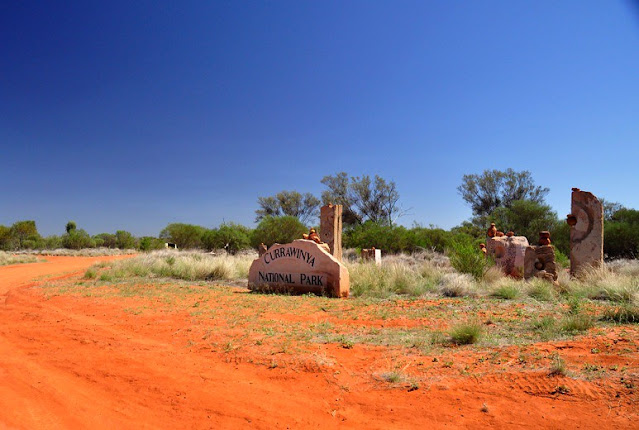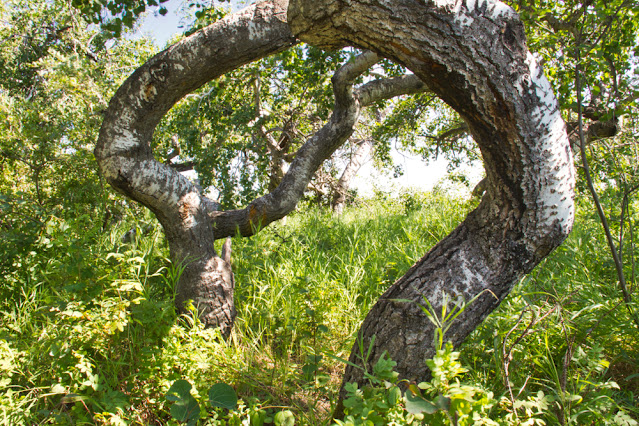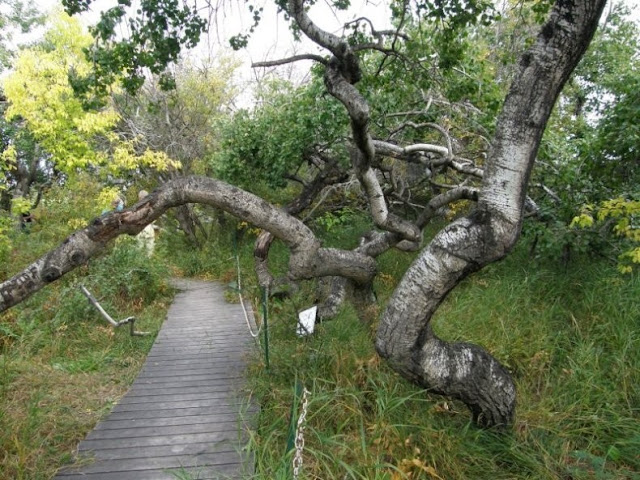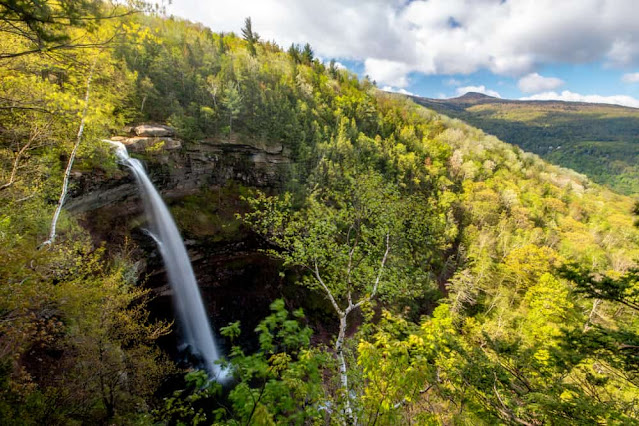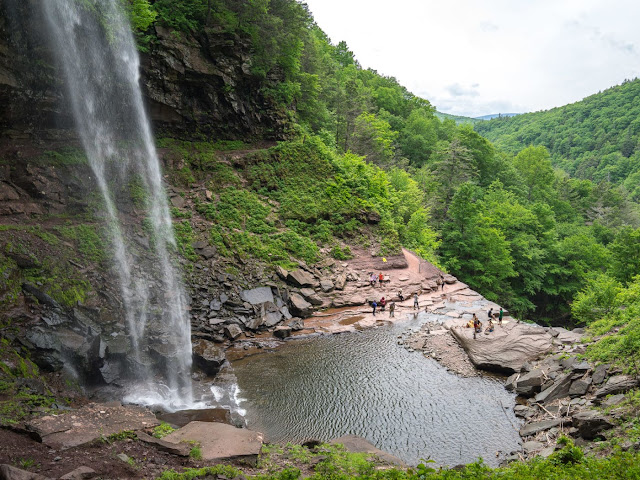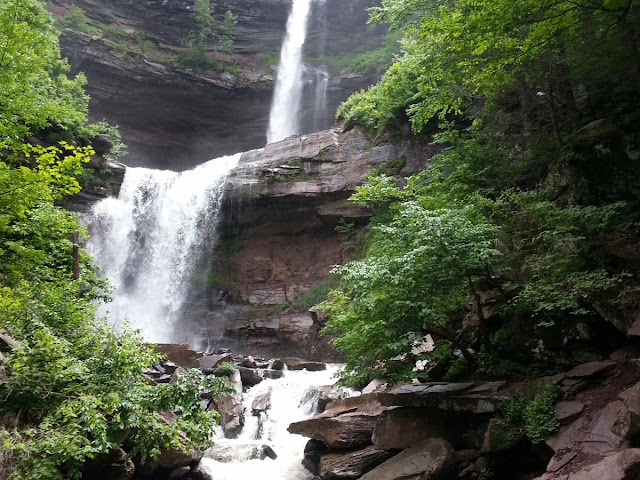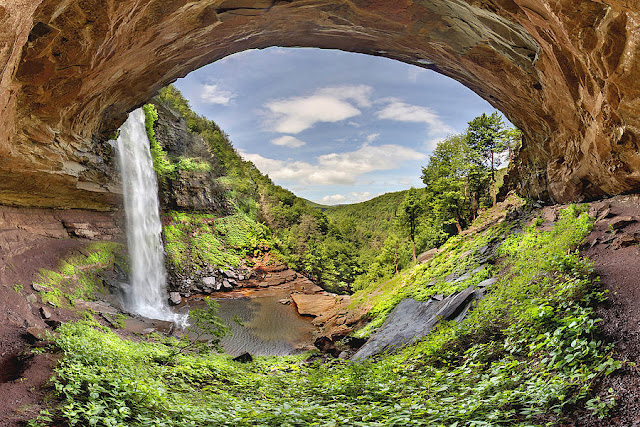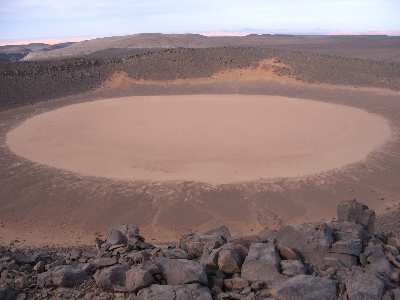Two vast lakes — Wyara and Numalla — are the centerpiece of 154,870 ha Currawinya National Park, but they are not the only reasons to visit. Currawinya is rich in nature and cultural heritage. Visitors can bird watch, fish, or enjoy the solitude of camping beside the Paroo River.
Access
Near Hungerford on the Queensland/New South Wales border, all access roads to Currawinya are unsealed and impassable when wet. A 4WD vehicle is recommended.
From Cunnamulla, drive 70 km south-west to Eulo, then a further 4 km west before turning south towards Hungerford. The final 97 km to the park office takes 1 to 1.5 hours to drive.
From the south, enter the park via Hungerford, 217 km north-west of Bourke. The park office is 20 km north of Hungerford. Access is via working pastoral properties. Take care to avoid stock on unfenced roads and leave gates as you find them.
Hence, respect the rights of property owners. After good rains (either locally or far upstream) flooding isolates the park for long periods and can submerge campsites along the Paroo River. Therefore, you need to check conditions before traveling and always carry extra supplies in case of stranding. The nearest fuel and supplies are located at Cunnamulla and Thargomindah.
Camping
Bush camp at Ourimperee Waterhole is behind the Woolshed (close to flushing toilets and a bush shower), or at sites on the Paroo River near Caiwarro at the park’s northern end.
Currawinya’s Lakes
Currawinya National Park is a wetland of international importance under the Ramsar Convention. Currawinya’s lakes are important breeding and refuge sites for a spectacular array of water birds, including waders migrating from across Australia and the world.
Currawinya’s wetlands regularly support up to 100 000 water birds. Of particular importance are lakes Numalla and Wyara — no other wetland complex in arid or southern Australia is thought to consistently support such large populations of water birds.
Separated by only a few kilometers of sand dunes, each has different water conditions. Lake Numalla receives floodwaters more frequently from the Paroo River and is usually permanent. It holds freshwater, while the slightly larger Lake Wyara is saline and regularly dries to a vast, white clay pan.
Different bird communities live on each of the lakes at different times. Lake Wyara supports a greater number of water birds while Lake Numalla has a greater diversity. Smaller waders and plant-eating water birds feed in the clear, salty waters of Lake Wyara, which has more aquatic vegetation and invertebrates.
Shallows are the home to sandpipers, godwits, snipes, rails, dotterels, and stilts. At times thousands of black swans, coots, and grebes can be seen; as can ducks—including Pink-eared, hardhead, black and wood ducks, and the rare freckled duck. Lake Wyara provides a safe breeding ground for red-necked avocets, silver gulls, Caspian terns, cormorants, black swans, Australian pelicans, and many other species.
Pelicans that breed at Lake Wyara often fly to Lake Numalla and other surrounding lakes (including Lake Bindegolly 80 km away) to feed. Large waders and fish-eating species prefer the turbid (muddy) waters of Lake Numalla. Egrets, herons, cormorants, ibis, plovers, and brogans are most common. When seasonal waterholes, lakes, and clay pans fill after good rains, water birds scatter across the park. Spoonbills, great egrets, and straw-necked ibis can be seen.
Keeping Watch on Currawinya’s Birds
Researchers from the University of Newcastle and rangers have been studying the effects of the changing water levels and conditions of birds in these outback lakes. When water levels are low, lake water can be 10 times as salty as seawater, yet when full the water can be quite fresh.
High plankton levels lead to an influx of filter-feeding birds such as Pink-eared ducks. During drought, more than 10 000 freckled ducks have been seen. Researchers have also been studying breeding colonies of pelicans and other bird species.
Moreover, a study of Lake Yumberarra, a smaller lake that is fresh or salty depending on the season, has recorded 58 of Currawinya’s known waterbird species. It has more species than the larger lakes.
Things to Do
Learn about the park - Visit the information display at the turnoff to the park office.
Drive to the Lakes
See some of inland Australia’s most important wetlands and the variety of mulga lands’ habitats along the way. A 4WD vehicle is needed for the 85 km round trip from the park office to lakes Wyara and Numalla. The road may be closed after rain.
Walk to the Granites
Take the Boorara Road for 10 km north of Ten Mile Bore where a short walk leads to a small granite outcrop. Views from atop the outcrop extend over the park. Walk carefully—the track is uneven and rocks may be slippery. Carry drinking water.
Value Heritage
Currawinya has a large number of sites significant to Aboriginal people. These and any associated artifacts are protected by law—please respect this and leave areas and artifacts as you find them.
Lakes and waterholes are of particular importance to the Traditional People of this area and those from neighboring areas, especially as gathering places during the waterbird breeding season. Heritage enthusiasts should visit the old Caiwarro homestead site, 37 km north of the park office.
Bulldozed prior to the pastoral property becoming a national park, the remains of several buildings, including a levee bank and machinery can still be seen. Please take care near ruins and treat such reminders of our pastoral history with respect. Visit Hungerford where the historic Royal Mail Hotel, built-in 1870, still operates.
Boating and Fishing
Fishing is permitted along the Paroo River and in selected areas of Lake Numalla. See the ranger or on-site signs for details. Only live bait caught within the Paroo River system can be brought into the park.
Canoeing, kayaking, and swimming are permitted on Lake Numalla; however motorized boats and jet skis are not permitted on any of the lakes. Signs at lakes Wyara and Numalla show the activities permitted in particular areas.
Along the Paroo River
This 600 kilometer-Long River has a catchment of over 70000 square kilometers and is the last free-flowing river in the Murray–Darling Basin. In wet times it forms a floodplain of over 800 000 ha. In the dry season, the river becomes a string of waterholes such as Ourimperee and Corni Paroo waterholes in Currawinya National Park.
Wildlife Watching
The variety of landscapes and permanent water make Currawinya rich in wildlife. Kangaroos, wallaroos, and emus are readily seen. Reptiles are plentiful, as are birds of prey. Currawinya is home to more than 200 species of birds. Spot Major Mitchell’s cockatoos, mulga parrots, Chestnut-crowned babblers, orange chats, White-plumed honeyeaters, and splendid fairy-wrens.
Along the river, look for water rats hunting small animals in the early morning and evening. During the day whistling kites dive into the water to scoop up fish while rufous night-herons roost on shady branches nearby. After dark, little pied bats skim for insects just above the water surface.
Currawinya also has a small population of the greater bilby. Captive-bred bilbies have been reintroduced to Currawinya inside a 25 square kilometer predator and feral animal-proof enclosure funded by public donations and built with the assistance of volunteers. Visitors to Currawinya cannot visit the bilby fence or see bilbies, but can learn about them and the re-introduction project from a display near the woolshed.
Exploring the Landscape
Lake Wyara is lined by salt-tolerant samphire plants, whereas black box, river cooba and boobialla border Lake Numalla and many, smaller temporary lakes. Channels and floodplains of the Paroo River and other creeks are fringed with yapunyah, coolibah, and river red gum.
Elsewhere, mulga dominates the sandplains. Turkeybush Eremophilaspp has gradually replaced understorey grasses and is a subject of ongoing scientific research. The pungent aroma of gidgee fills the air before, during, and after rain. Poplar box, beefwood, emu apple, leopardwood, and whitewood are common trees.
Uncommon and vital shrubs and trees include inland belah Casuarina cristata subsp. pauper, Melaleuca densispicata, and black blue bush Maireana pyramidata. Low-lying eroded dune fields are dominated by shrublands of turpentine and hop bush; whereas ‘Bastard’ mulga and lancewood grow on Hoods Range in the park’s north.
Product You May Interested
- Feel Emotional Freedom! Release Stress, Heal Your Heart, Master Your Mind
- 28 Day Keto Challenge
- Get Your Customs Keto Diet Plan
- A fascinating approach to wipe out anxiety disorders and cure in just weeks, to become Anxiety free, relaxed, and happy.
- Flavor Pairing Ritual Supercharges Women’s Metabolisms
- The best Keto Diet Program
- Boost Your Energy, Immune System, Sexual Function, Strength & Athletic Performance
- Find Luxury & Designer Goods, Handbags & Clothes at or Below Wholesale
- Unlock your Hip Flexors, Gives you More Strength, Better Health, and All-Day Energy.
- Cat Spraying No More – How to Stop Your Cat from Peeing Outside the Litter Box – Permanently.
- Anti-aging nutritional unexplained weight gain, stubborn belly fat, and metabolic slowdown. Reach Your Desired Weight in a Week and Stay There.
- Get All Your Healthy Superfoods In One Drink




